Data integration involves combining data from different sources to provide a unified view. This process is crucial for modern businesses. It enhances decision-making and streamlines operations. By integrating data, you can improve efficiency and strategic planning. Tools like FineDataLink and FineBI help achieve these goals. They offer a comprehensive view of your data, enabling better business intelligence. Implementing data integration best practices ensures that your organization remains agile and competitive. This agility allows you to adapt quickly to market changes and make informed decisions based on real-time insights.
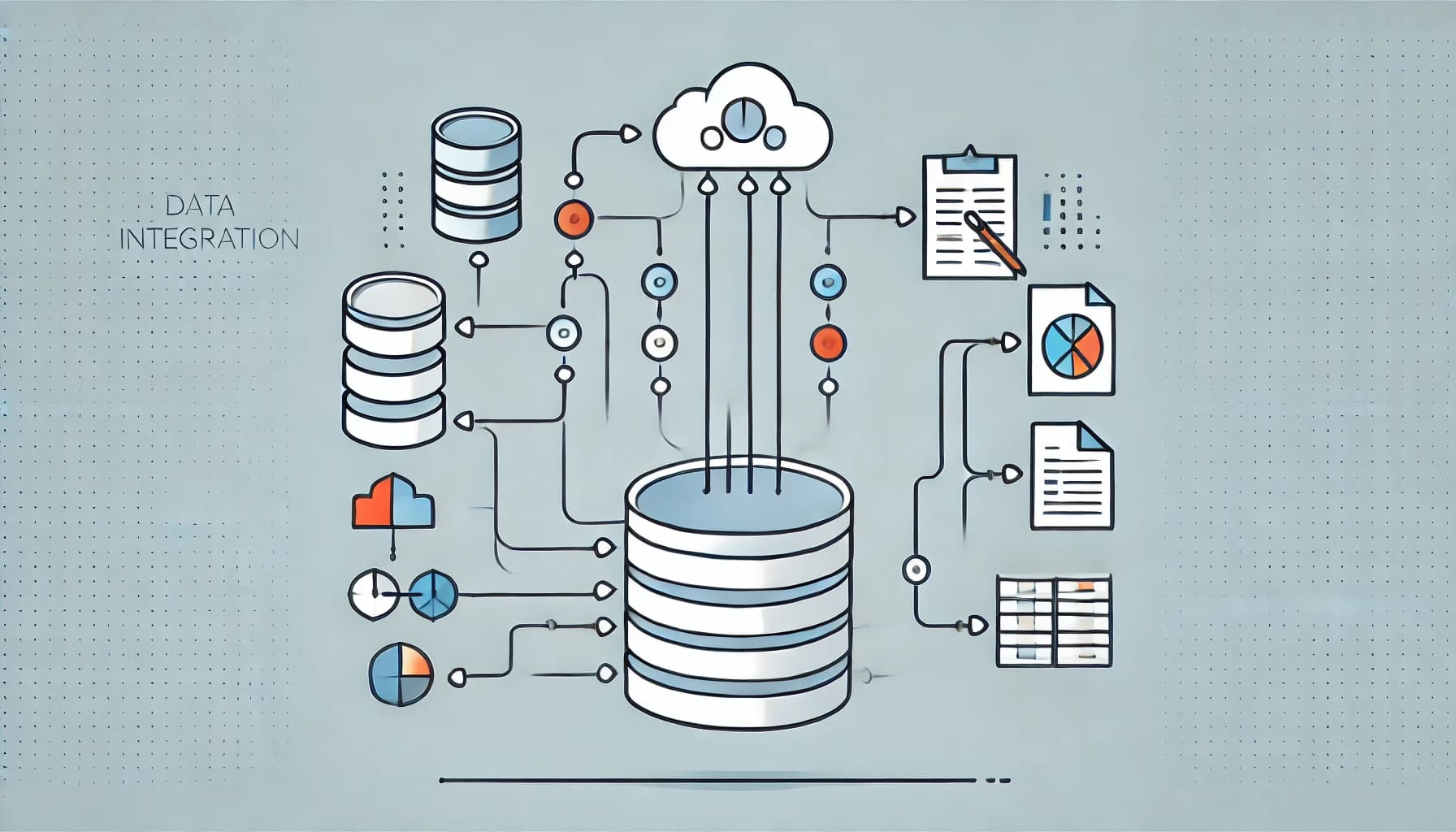
Exploring Data Integration Best Practices
In today's data-driven landscape, grasping data integration best practices is crucial for any organisation. These practices enable the efficient amalgamation of data from diverse sources, transforming it into valuable insights. Let us delve into the key concepts and types of data integration that underpin these best practices.
Key Concepts of Data Integration Best Practices
Data Sources
Data sources form the foundation of any integration process. It is essential to identify and comprehend the various data sources within your organisation, which may include databases, cloud services, or spreadsheets. Understanding your data sources enables you to effectively plan their integration. This initial step is crucial as it lays the groundwork for the entire integration process.
Data Transformation
Once you have identified your data sources, the next step is data transformation. This involves converting data into a format that is suitable for analysis. You might need to clean, filter, or aggregate data to ensure consistency and accuracy. Data transformation is a critical part of data integration best practices because it enhances data quality, making it reliable for decision-making.
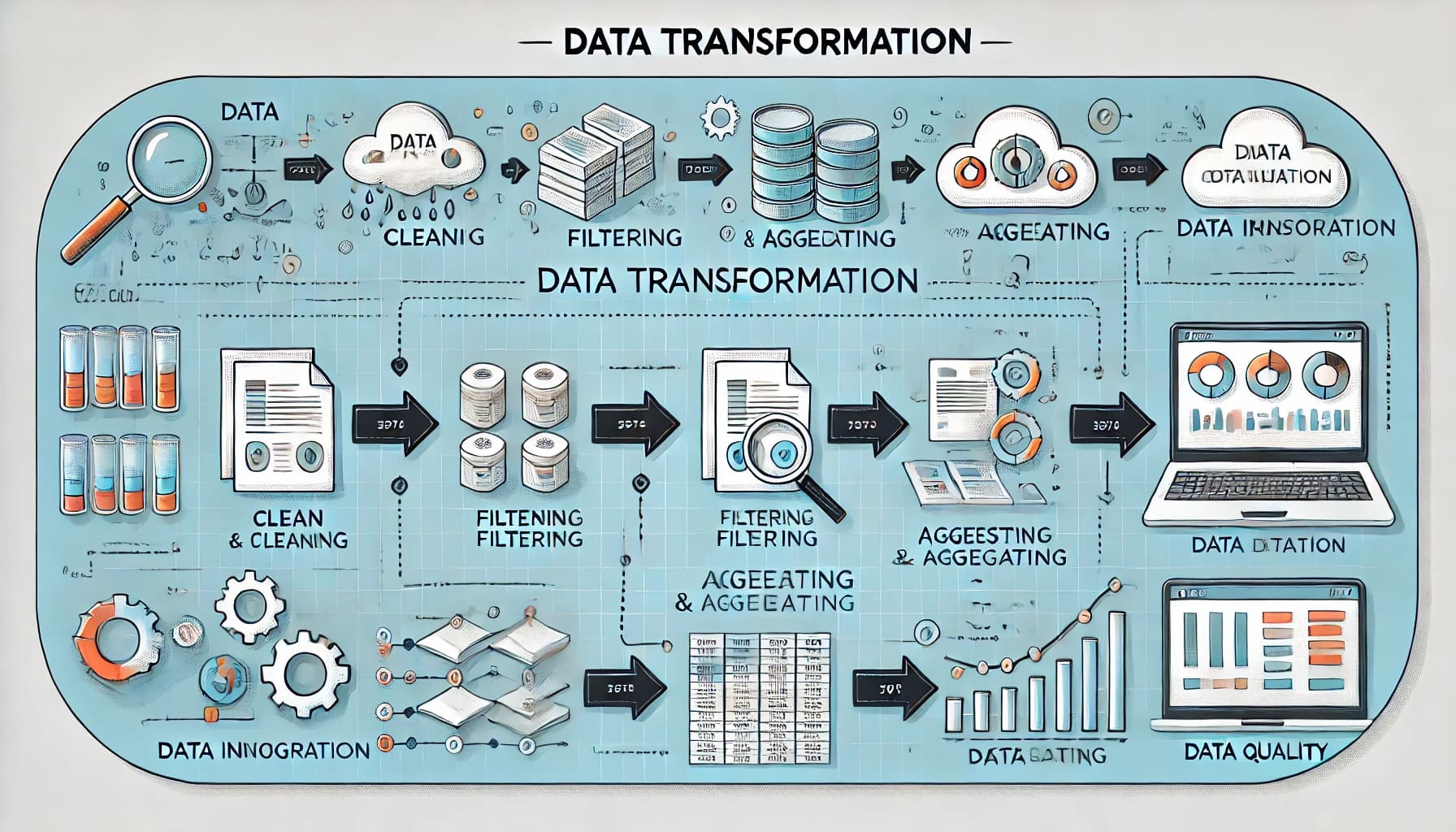
Data Loading
After transforming the data, you need to load it into a target system, such as a data warehouse or a business intelligence tool. Data loading ensures that the integrated data is accessible for analysis and reporting. Efficient data loading processes help maintain data integrity and support real-time data access, which is vital for timely decision-making.
Understanding the different types of data integration helps you choose the right approach for your organization. Each type has its unique benefits and challenges.

Manual Data Integration
Manual data integration involves manually collecting and combining data from different sources. While this method can be straightforward, it is often time-consuming and prone to errors. You might use manual integration for small-scale projects or when dealing with limited data sources. However, as data volume grows, manual integration becomes less practical.
Middleware Data Integration
Middleware data integration uses software to connect different data sources and systems. This approach automates the integration process, reducing the need for manual intervention. Middleware solutions are scalable and can handle complex data environments. They are ideal for organizations looking to streamline their data integration processes and improve efficiency.
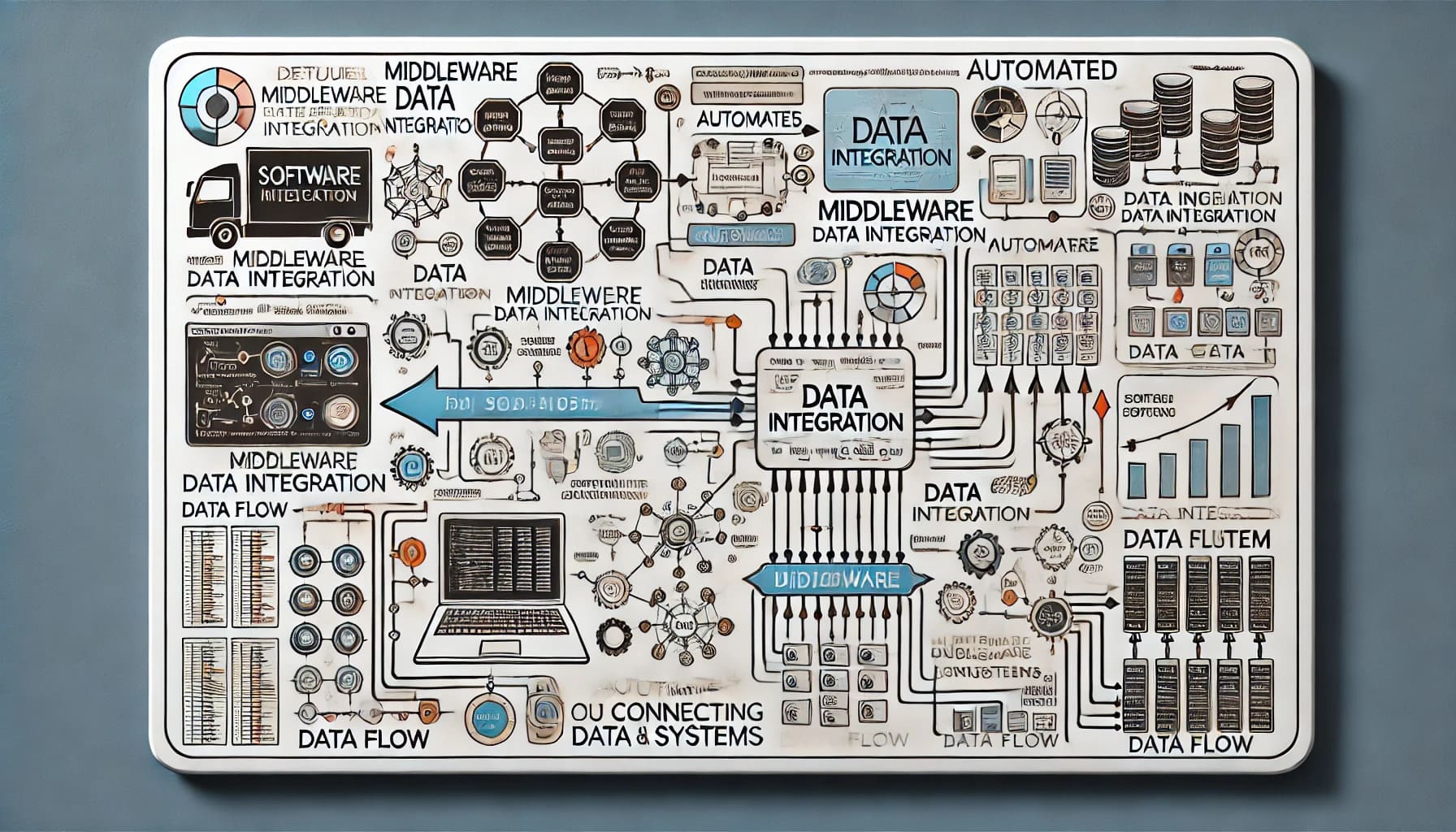
Application-Based Integration
Application-based integration involves using specific applications to facilitate data integration. These applications often come with built-in tools and features that simplify the integration process. They are user-friendly and can be customized to meet specific business needs. Application-based integration is suitable for organizations that require a flexible and easy-to-use solution.
By understanding these key concepts and types of data integration, you can implement data integration best practices effectively. This knowledge empowers you to choose the right tools and strategies, ensuring that your organization can leverage data for better decision-making and strategic growth.
Challenges in Data Integration Best Practices
Implementing data integration best practices can present several challenges. You must address these issues to ensure a smooth and effective integration process. Let's explore some common challenges you might face.
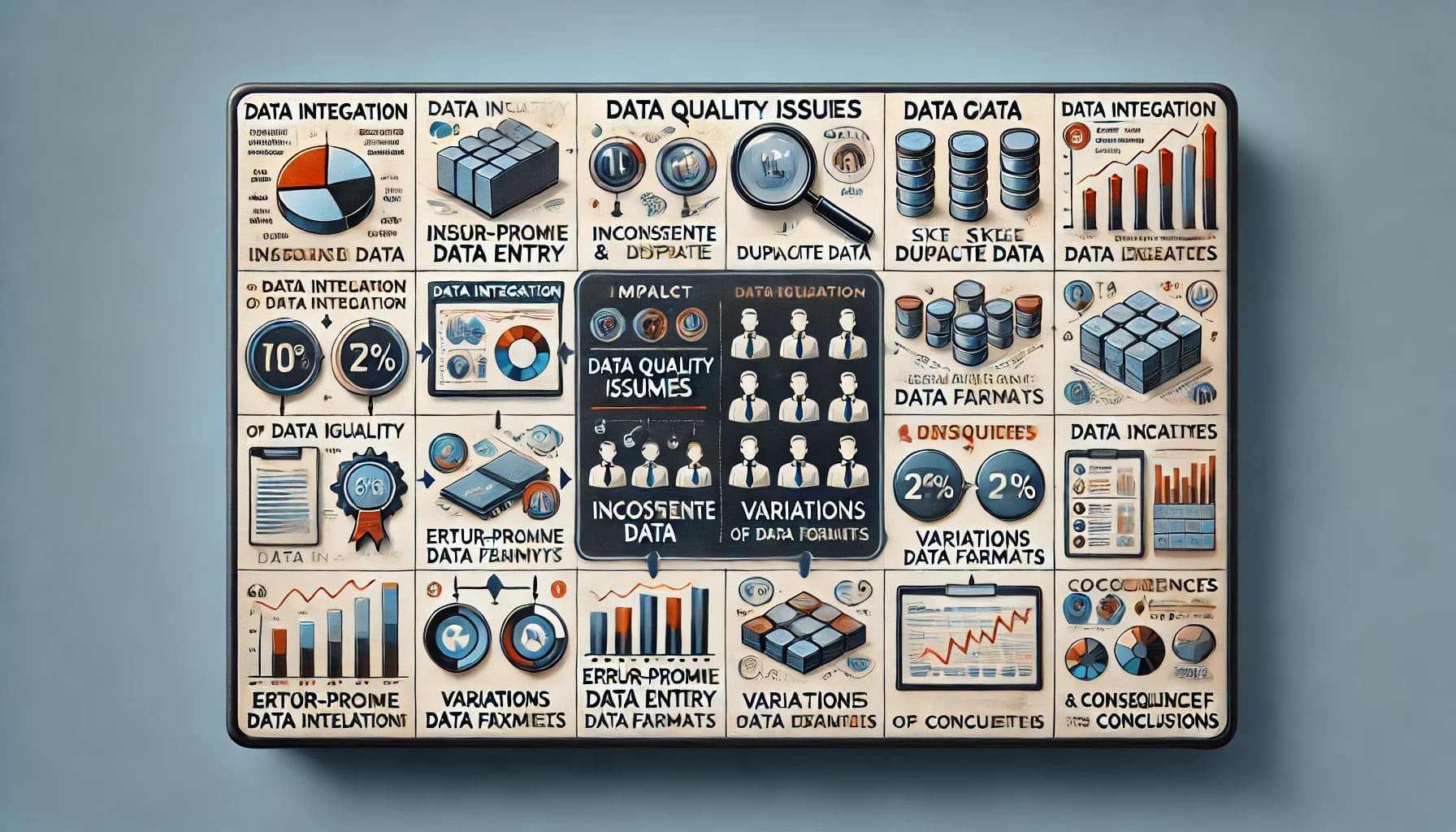
Data Quality Issues
Data quality is crucial for successful data integration. Poor data quality can lead to inaccurate insights and flawed decision-making.
Inconsistent data arises Inconsistent data arises when data from different sources do not align. This inconsistency can occur due to variations in data formats, units of measurement, or naming conventions. You need to standardize data formats and establish clear data rules to overcome this challenge. Consistent data ensures that your integrated data provides reliable insights.
Inconsistent data arises when data from different sources do not align. This inconsistency can occur due to variations in data formats, units of measurement, or naming conventions. You need to standardize data formats and establish clear data rules to overcome this challenge. Consistent data ensures that your integrated data provides reliable insights.
Duplicate Data
Duplicate data can skew analysis and lead to incorrect conclusions. It often results from merging data from multiple sources without proper cleansing. To tackle this issue, implement data cleansing processes. These processes help identify and remove duplicates, ensuring that your data remains accurate and trustworthy.
Data Security Concerns
Data security is a significant concern in data integration. Protecting sensitive information is vital to maintaining trust and compliance.
Data Breaches
Data breaches pose a severe threat to organizations. They can result in financial losses and damage to reputation. You must implement robust security measures to safeguard data during integration. Encryption, access controls, and regular security audits can help prevent unauthorized access and data breaches.
Compliance with Regulations
Compliance with data protection regulations is essential. Regulations like GDPR and CCPA require organizations to handle data responsibly. You need to ensure that your data integration processes comply with these regulations. This compliance not only protects your organization from legal issues but also builds trust with your customers.
By addressing these challenges, you can implement data integration best practices effectively. Real-world examples, such as those from leading organizations, demonstrate the transformative power of overcoming these obstacles. Businesses have successfully combined data to drive insights, improve decision-making, and achieve operational excellence. By mastering the data integration process, you can enhance efficiency and deliver better customer experiences.
Benefits of Effective Data Integration Best Practices
Implementing data integration best practices offers numerous advantages for your organization. These benefits enhance decision-making and increase efficiency, providing a competitive edge in today's fast-paced business environment.
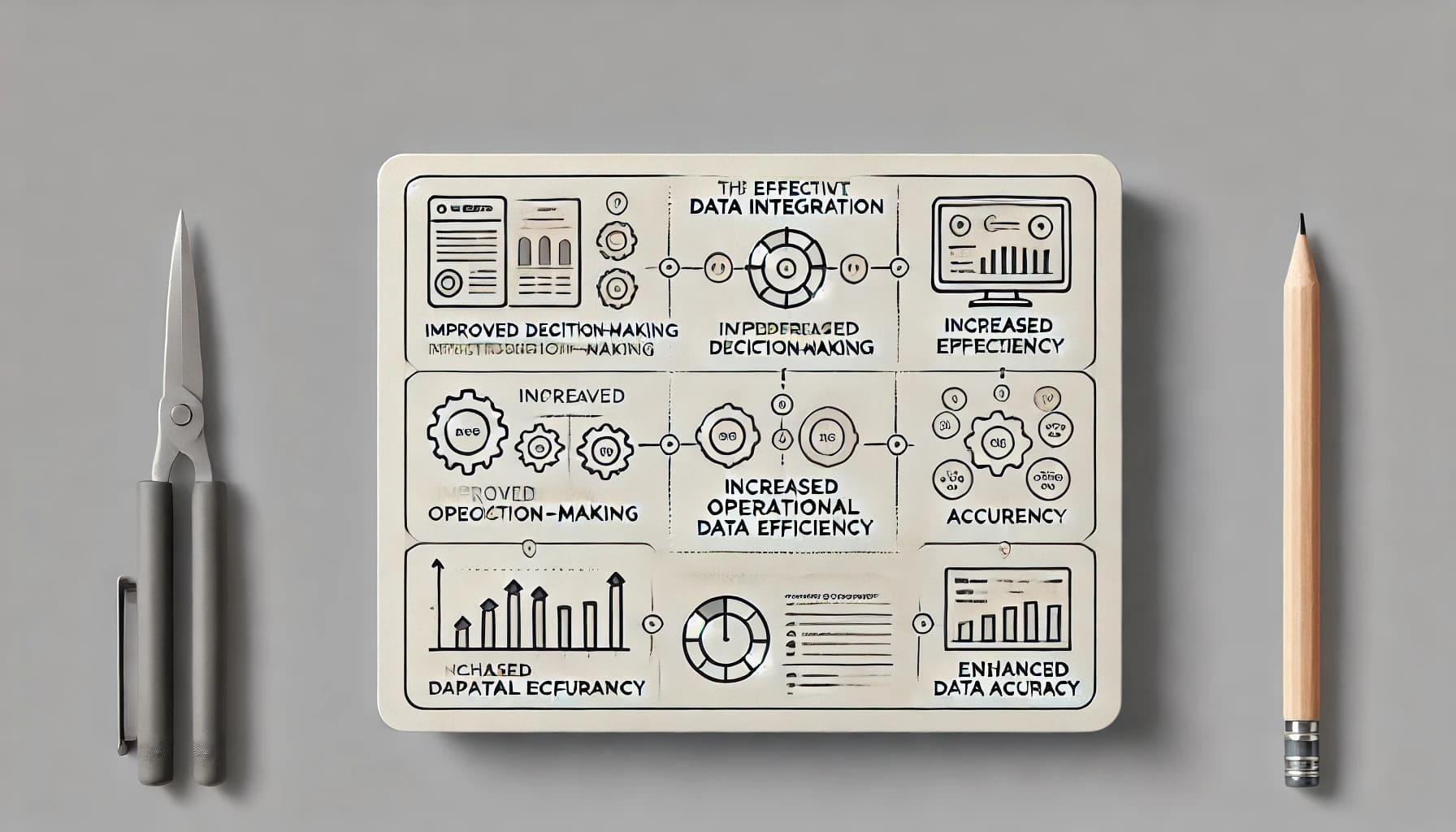
Improved Decision Making
Data integration best practices significantly improve your decision-making process. By accessing real-time data, you gain insights that are both timely and relevant.
Real-time Data Access
Real-time data access allows you to make informed decisions quickly. You can respond to market changes and customer needs without delay. This agility helps you stay ahead of competitors. With real-time insights, you can adjust strategies and offerings based on current data, ensuring that your business remains relevant and responsive.
Enhanced Data Accuracy
Accurate data forms the backbone of sound decision-making. By integrating data from various sources, you ensure consistency and reliability. This accuracy reduces the risk of errors in analysis and reporting. When you trust your data, you can confidently make strategic decisions that drive growth and success.
Increased Efficiency
Efficiency gains are another key benefit of adopting data integration best practices. Streamlined processes and reduced redundancy lead to better resource utilization and cost savings.
Streamlined Processes Data integration simplifies and automates many processes within your organization. By eliminating manual data handling, you reduce the time and effort required to manage information. This streamlining allows your team to focus on more strategic tasks, enhancing overall productivity and effectiveness.
Data integration simplifies and automates many processes within your organization. By eliminating manual data handling, you reduce the time and effort required to manage information. This streamlining allows your team to focus on more strategic tasks, enhancing overall productivity and effectiveness.
Reduced Redundancy
Redundancy often plagues organizations with multiple data sources. By integrating these sources, you eliminate duplicate data and processes. This reduction in redundancy not only saves time but also minimizes storage costs. Your organization becomes leaner and more efficient, allowing you to allocate resources more effectively.
"Data integration gives organizations increased agility to rapidly adapt to internal or external changes. This flexibility becomes a competitive edge, letting businesses stay nimble in the face of market shifts and make strategic turns based on valuable insights."
By embracing data integration best practices, you unlock these benefits and position your organization for sustained success. The ability to make informed decisions and operate efficiently ensures that you remain competitive in an ever-evolving market landscape.
Strategies for Data Integration Best Practices
To implement data integration best practices effectively, you need a clear strategy. This strategy should align with your business goals and involve choosing the right tools. Let's explore how you can establish clear objectives and select the best tools for your data integration needs.
Establishing Clear Objectives
Setting clear objectives is crucial for successful data integration. These objectives guide your efforts and ensure that your integration process aligns with your business goals.
Aligning with Business Goals
You must align your data integration objectives with your business goals. Start by identifying what your organization aims to achieve through data integration. Whether it's improving decision-making, enhancing customer experiences, or increasing operational efficiency, your objectives should reflect these goals. By aligning your objectives with business goals, you ensure that your data integration efforts contribute to your organization's success.
Defining Success Metrics
Defining success metrics helps you measure the effectiveness of your data integration best practices. These metrics provide a way to evaluate whether your integration efforts meet your objectives. Consider metrics such as data accuracy, integration speed, and user satisfaction. By tracking these metrics, you can identify areas for improvement and ensure that your data integration process delivers the desired outcomes.
Selecting the right tools is essential for implementing data integration best practices. The right tools can streamline your integration process and enhance efficiency.
Evaluating Integration Platforms
Evaluate different integration platforms to find the one that best suits your needs. Consider factors such as ease of use, compatibility with existing systems, and support for various data sources. Look for platforms that offer features like real-time data synchronization and automation. By choosing the right platform, you can simplify your data integration process and reduce the risk of errors.
Considering Scalability and Flexibility
Scalability and flexibility are important considerations when choosing data integration tools. Your chosen tools should be able to handle increasing data volumes as your organization grows. They should also offer flexibility to adapt to changing business needs. By selecting scalable and flexible tools, you ensure that your data integration best practices remain effective over time.
Implementing these strategies will help you achieve successful data integration. By establishing clear objectives and choosing the right tools, you can ensure that your data integration best practices align with your business goals and deliver valuable insights.
Processes for Implementing Data Integration Best Practices
To implement data integration best practices effectively, you must follow specific processes. These processes ensure that your data remains accurate, consistent, and valuable. Let's explore two critical processes: data mapping and data cleansing.
Data Mapping
Data mapping plays a crucial role in data integration. It involves linking data elements from different sources to ensure they are correctly transformed and integrated into a target system. This process bridges the differences between systems or data models, making data accurate and usable at the destination.
Identifying Data Relationships
You need to identify data relationships to map data effectively. This step involves understanding how data elements from various sources relate to each other. By recognizing these relationships, you can ensure that data flows seamlessly between systems. Identifying data relationships helps maintain data integrity and supports accurate data integration.
Creating Data Models
Creating data models is another essential aspect of data mapping. Data models represent the structure of your data and define how data elements interact. By developing comprehensive data models, you can visualize data flow and identify potential integration issues. Data models serve as blueprints for your data integration efforts, guiding you in implementing best practices.
Data Cleansing
Data cleansing is vital for maintaining data quality during integration. This process involves removing inconsistencies and standardizing formats to ensure data accuracy and reliability.
Removing Inconsistencies
Inconsistencies in data can lead to errors and unreliable insights. You must remove these inconsistencies to achieve effective data integration. This step involves identifying and correcting discrepancies in data formats, units, or naming conventions. By addressing inconsistencies, you ensure that your integrated data provides accurate and trustworthy insights.
Standardizing Formats
Standardizing data formats is another critical step in data cleansing. This process involves converting data into a uniform format, making it easier to integrate and analyze. Standardized formats enhance data consistency and facilitate seamless data integration. By standardizing formats, you ensure that your data remains reliable and valuable for decision-making.
By following these processes, you can implement data integration best practices effectively. Data mapping and data cleansing play pivotal roles in ensuring that your data remains accurate, consistent, and valuable. These processes empower you to leverage data for better decision-making and strategic growth.
Real-World Examples of Data Integration Best Practices
Exploring real-world examples helps you understand how data integration best practices can transform businesses. Let's delve into two case studies involving FanRuan's products, FineDataLink and FineBI, to see how they address challenges and implement effective solutions.
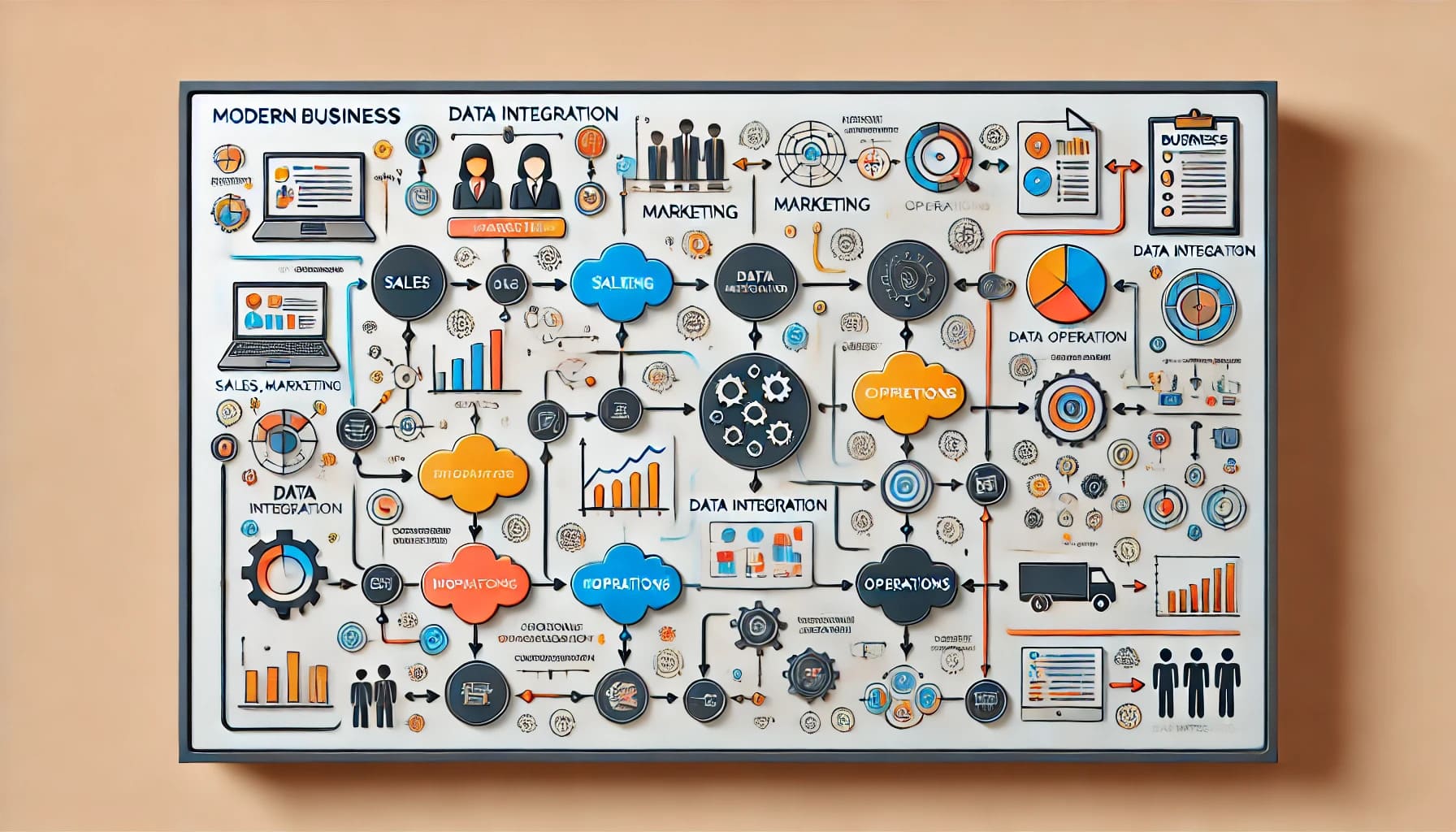
Case Study 1: FanRuan's FineDataLink

Challenges Faced
In the fast-paced world of business, organizations often struggle with data silos and inconsistent data formats. These issues hinder decision-making and operational efficiency. For instance, a company might face challenges in synchronizing data across multiple departments, leading to delays and inaccuracies. Such challenges necessitate a robust data integration solution.
Solutions Implemented
FineDataLink simplifies data preprocessing, making it easier to build data warehouses. Additionally, its API integration feature allows for quick development and deployment of interfaces, facilitating data sharing between different systems.

Case Study 2: FanRuan's FineBI
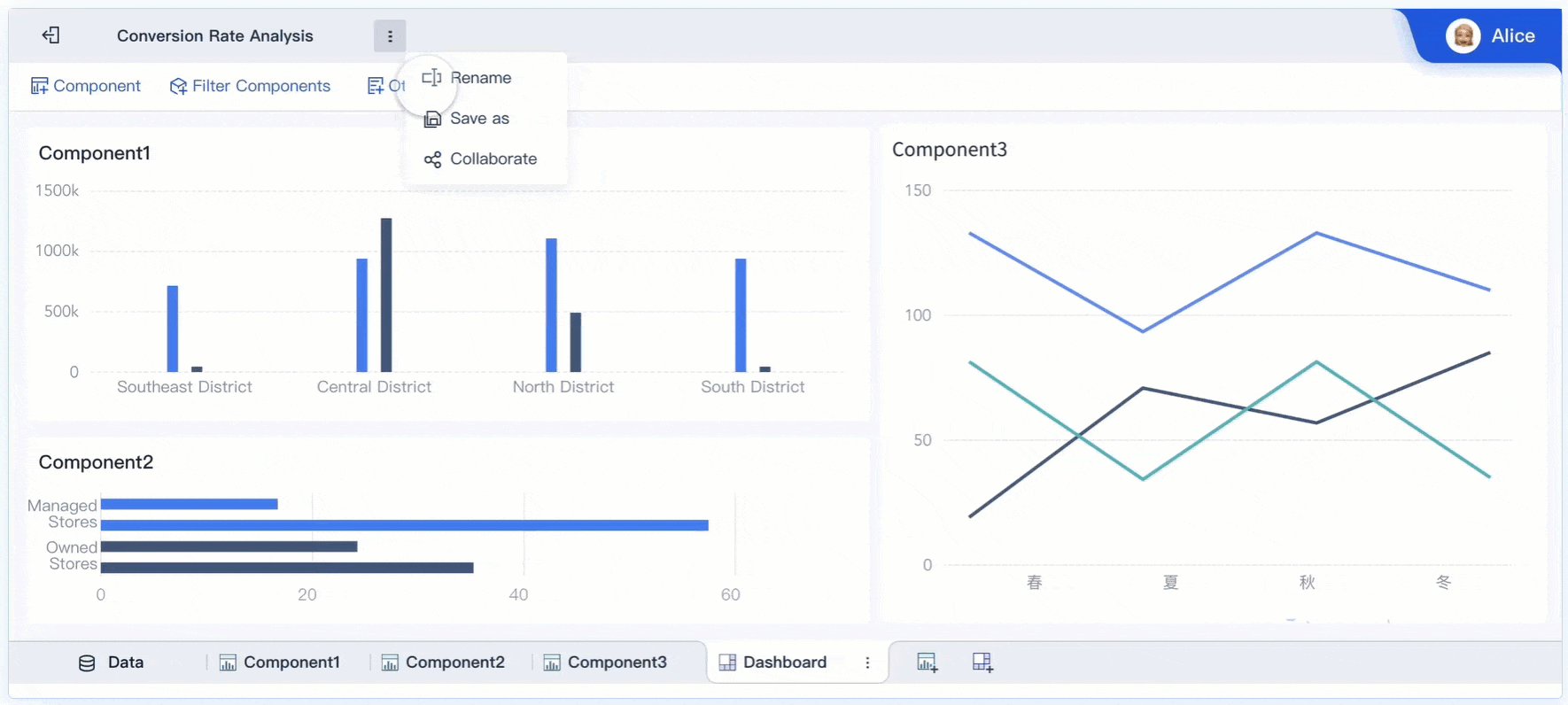
Challenges Faced
Organizations often grapple with the challenge of transforming raw data into actionable insights. This transformation is crucial for strategic planning and decision-making. Companies may find it difficult to connect disparate data sources and perform real-time analysis, which can impede their ability to respond to market changes promptly.
Solutions Implemented
FineBI addresses these challenges by providing a self-service business intelligence platform. It enables users to connect, analyze, and share data effortlessly. With its high-performance computing engine, FineBI processes massive datasets, supporting real-time analysis. This capability boosts productivity and enhances decision-making. FineBI's flexible ETL and ELT data processing modes further streamline data integration, ensuring that data remains accurate and reliable. By leveraging FineBI, organizations can transform data into insightful visualizations, track KPIs, and predict future outcomes, thereby driving innovation and growth.
"FanRuan's platform revolutionizes decision-making, spearheading innovation in various sectors."

These case studies highlight the transformative power of data integration best practices. By implementing solutions like FineDataLink and FineBI, organizations can overcome data challenges, enhance efficiency, and drive strategic growth. These tools provide a comprehensive view of data, enabling businesses to stay agile and competitive in an ever-evolving market landscape.
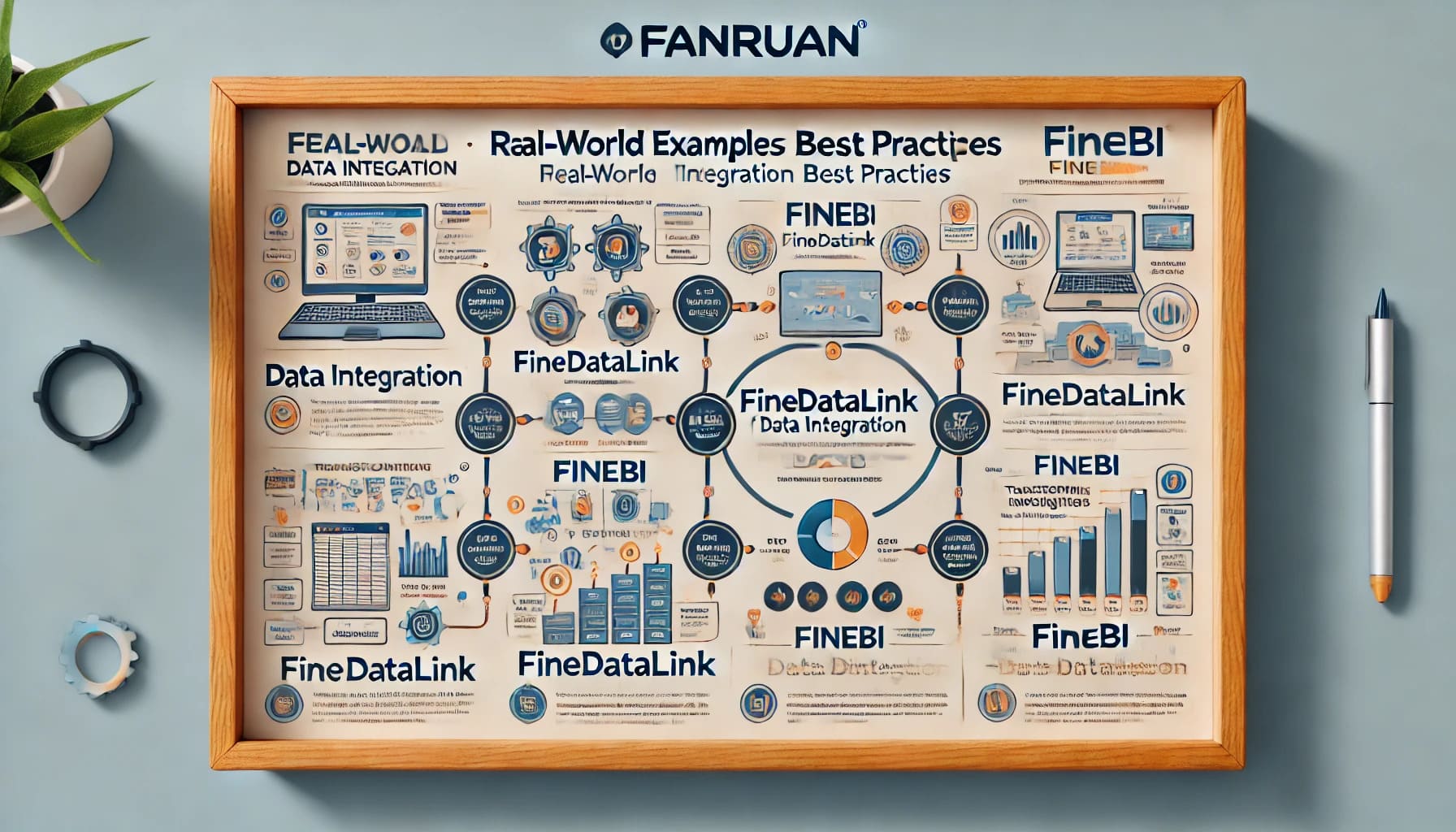
Data Integration Best Practices
Continuous Monitoring and Improvement
To ensure the success of data integration best practices, you must engage in continuous monitoring and improvement. This approach helps maintain data quality and system efficiency.
Regular Data Audits
Conduct regular data audits to assess the accuracy and consistency of your integrated data. These audits help you identify discrepancies and areas for improvement. By regularly reviewing your data, you can ensure that it remains reliable and valuable for decision-making. Data audits also allow you to track changes over time, providing insights into trends and patterns that may affect your business.
Feedback Loops
Implement feedback loops to gather input from users and stakeholders. These loops enable you to refine your data integration processes based on real-world experiences. By actively seeking feedback, you can identify potential issues and address them promptly. Feedback loops foster a culture of continuous improvement, ensuring that your data integration best practices evolve to meet changing needs.
"Continuous monitoring and optimization of data flows are essential for maintaining the integrity and efficiency of data integration systems."
Collaboration Across Departments
Collaboration across departments is crucial for successful data integration. It ensures that all stakeholders are aligned and working towards common goals.
Cross-Functional Teams
Form cross-functional teams to bring together diverse expertise and perspectives. These teams can tackle complex data integration challenges more effectively. By involving members from different departments, you ensure that all aspects of the integration process are considered. Cross-functional teams promote innovation and problem-solving, leading to more robust data integration solutions.
Shared Objectives
Establish shared objectives to align departmental efforts. Clearly defined goals help ensure that everyone is working towards the same outcomes. By setting shared objectives, you create a sense of unity and purpose among team members. This alignment enhances collaboration and increases the likelihood of successful data integration.
"Data integration fosters collaboration across departments, enabling organizations to leverage collective knowledge and expertise."
By focusing on continuous monitoring and collaboration, you can implement data integration best practices effectively. These strategies help maintain data quality and ensure that your organization can adapt to changing needs. Embracing these practices positions your business for long-term success in a data-driven world.
Additional Resources for Learning Data Integration Best Practices
To deepen your understanding of data integration best practices, you can explore a variety of resources. These resources include books, articles, online courses, and webinars that provide valuable insights and practical knowledge.
Books and Articles
Recommended Reading List
- "Data Integration: The Essential Guide" by John Doe - This book offers a comprehensive overview of data integration techniques and strategies. It covers everything from basic concepts to advanced methodologies, making it a must-read for anyone interested in mastering data integration best practices.
- "The Data Warehouse Toolkit" by Ralph Kimball - Known as a classic in the field, this book provides detailed guidance on designing and implementing data warehouses. It emphasizes the importance of integrating data from various sources to create a unified view.
- "Data Integration Patterns" by Paul C. Brown - This book explores different patterns and approaches to data integration. It helps you understand how to choose the right pattern for your specific needs, ensuring effective data integration.
- Articles from Journals and Conferences - Many researchers have published articles on data integration. These articles often highlight the challenges and solutions in integrating heterogeneous data sources. They provide insights into the latest trends and technologies in the field.
"Researchers do not describe their process of data integration in enough detail. Lack of details about technical solutions for combining multiple data sources." - Observations from reviewed literature
Online Courses and Webinars
Platforms to Explore
- Coursera - Offers a range of courses on data integration best practices. These courses cover topics such as ETL processes, data warehousing, and real-time data integration. You can learn from industry experts and gain practical skills through hands-on projects.
- EDX - Provides courses from top universities on data integration and related fields. These courses include video lectures, quizzes, and assignments to help you master the concepts and techniques of data integration.
- Udemy - Features a variety of courses on data integration tools and technologies. Whether you're a beginner or an experienced professional, you can find courses that suit your level and interests.
- Webinars from Industry Leaders - Many companies and organizations host webinars on data integration best practices. These webinars offer insights from experts and practitioners who share their experiences and tips for successful data integration.
By exploring these resources, you can enhance your knowledge and skills in data integration best practices. Whether you prefer reading books, attending courses, or participating in webinars, these resources provide valuable information to help you succeed in your data integration efforts.
Data integration stands as a cornerstone of modern data management. By unifying data from diverse sources, you gain a comprehensive view that enhances decision-making and operational efficiency. Implementing best practices in data integration not only streamlines processes but also ensures data consistency and reliability. As you embrace these practices, you position your organization to harness the full potential of its data. Explore additional resources to deepen your understanding and refine your strategies. This knowledge empowers you to drive insights and achieve excellence in your data-driven endeavors.
Click the banner below to experience FineDataLink for free and empower your enterprise to convert data into productivity!
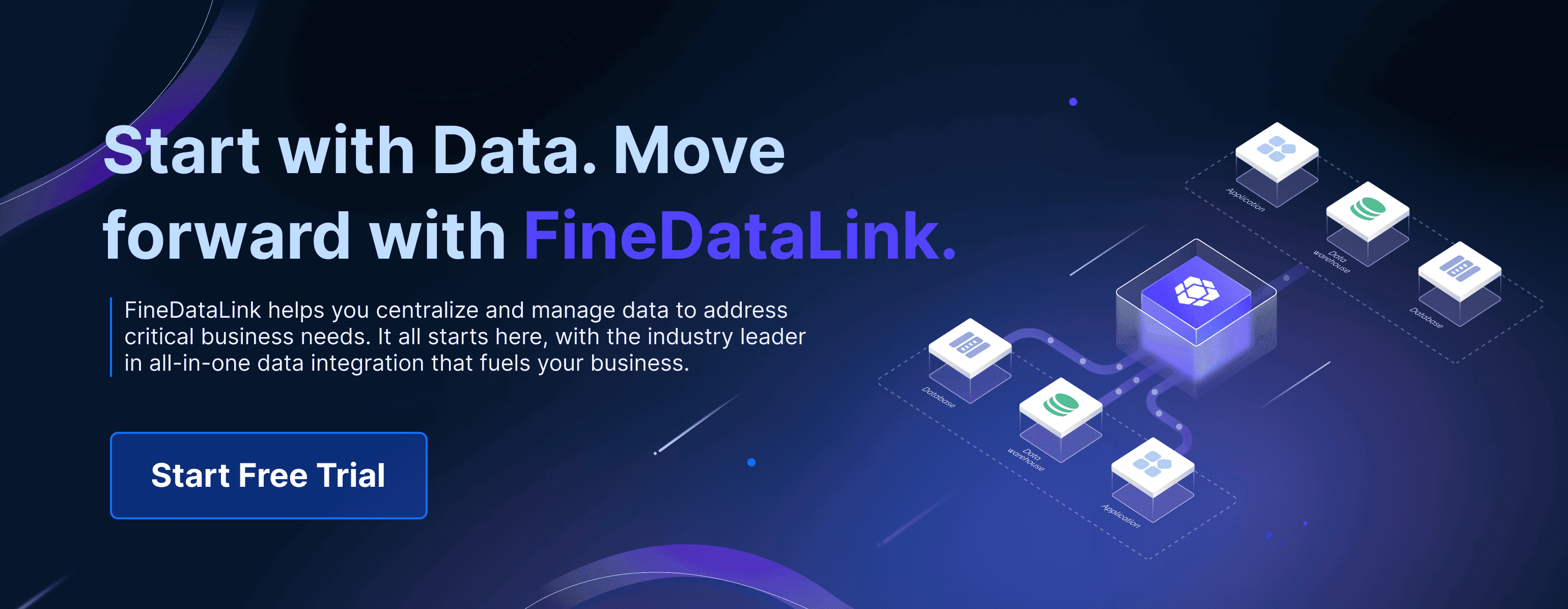
Continue Reading about Data Integration
Essential Data Integration: A Beginner's Guide
Top Data Integration Tools: 2025 Guide
Top 10 Data Integration Software for 2025
What is API Data Integration? API vs Data Integration
Best Data Integration Platforms to Use in 2025
Enterprise Data Integration: A Comprehensive Guide
Top 7 Data Integration Patterns for Modern Enterprises
FAQ

The Author
Howard
Data Management Engineer & Data Research Expert at FanRuan
Related Articles

10 Best Data Orchestration Tools for 2025 You Should Know
Compare the best data orchestration tools for 2025 to streamline workflows, boost automation, and improve data integration for your business.
Howard
Nov 28, 2025

10 Best Enterprise ETL Tools for Data Integration
Compare the 10 best enterprise ETL tools for data integration in 2025 to streamline workflows, boost analytics, and support scalable business growth.
Howard
Oct 02, 2025

What is Real Time Data Integration and Why It Matters
Real time data integration connects systems for instant, accurate data access, enabling faster decisions, improved efficiency, and better customer experiences.
Howard
Sep 24, 2025



